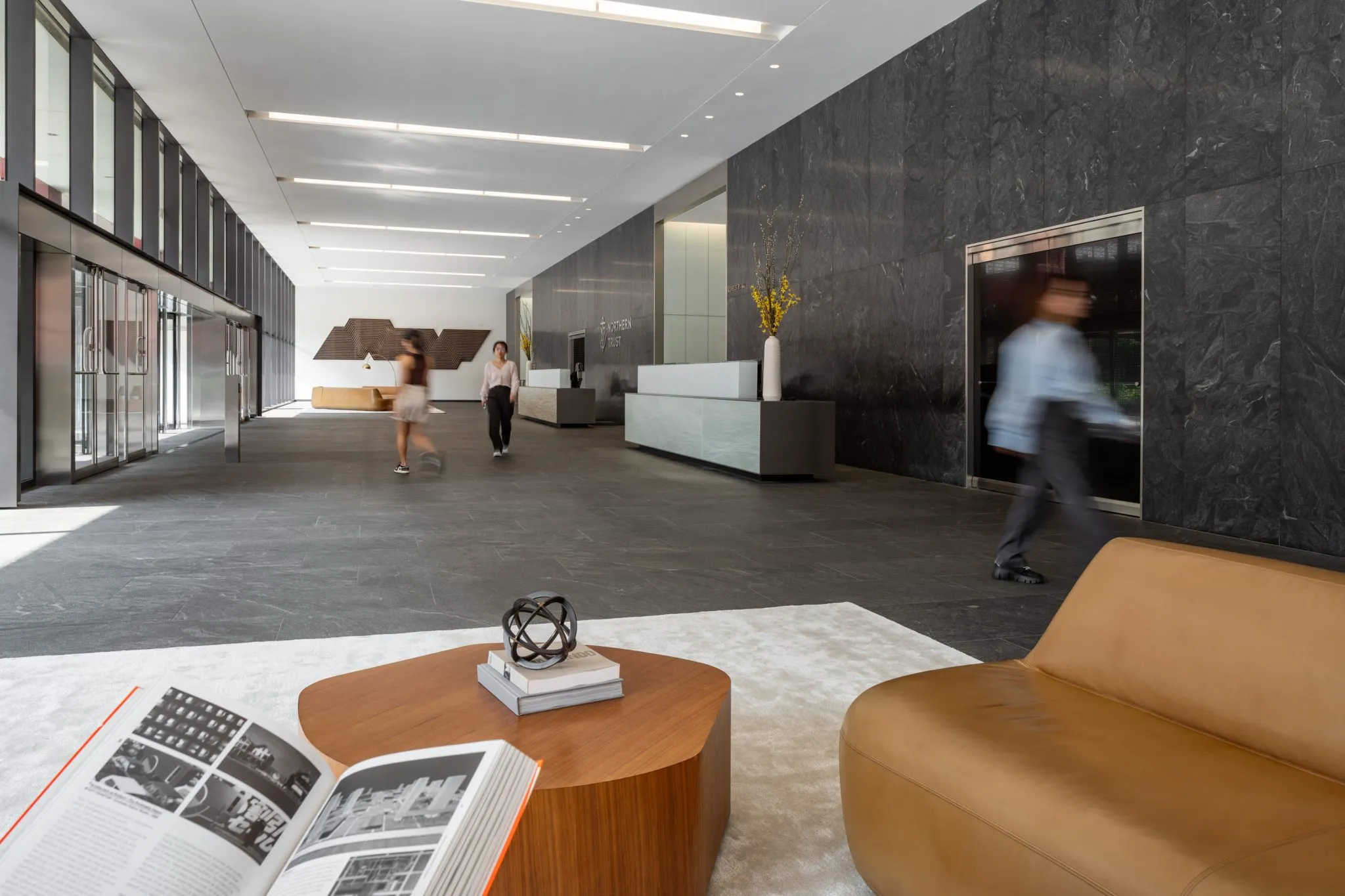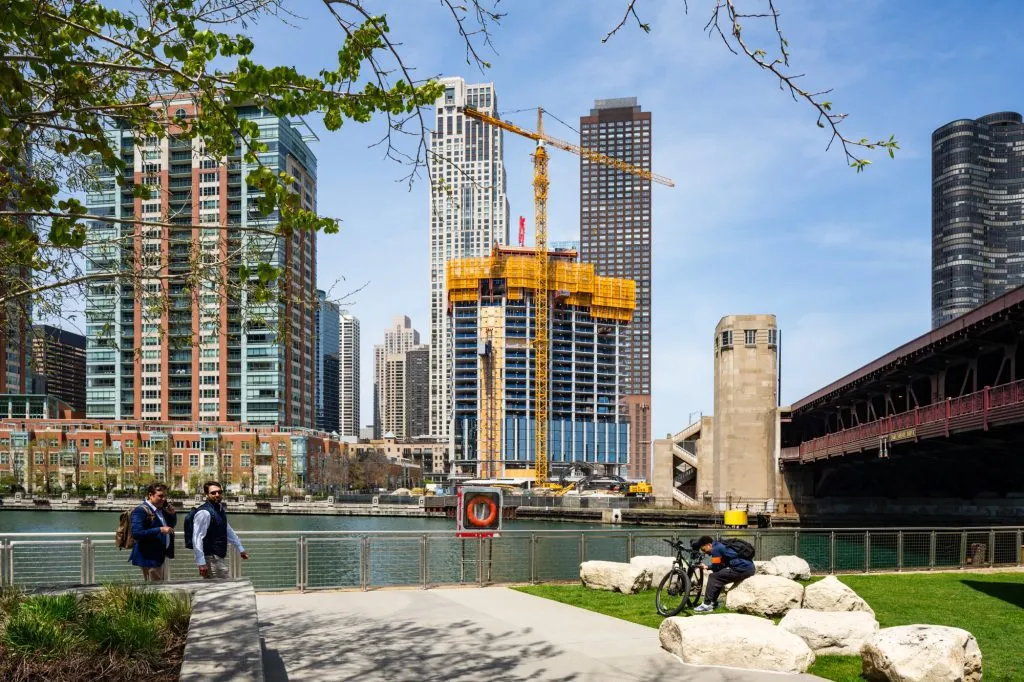Photography has come a long way from traditional film cameras to digital devices. Today, almost anyone can capture stunning images with just a smartphone. However, what truly elevates an ordinary photo to something extraordinary is the power of advanced photo editing. Editing can help correct imperfections, enhance the subject, and even transform an image into a piece of art.
In this article, we’ll explore advanced photo editing techniques that will take your photography to the next level. Whether you’re an amateur looking to improve your skills or a professional photographer aiming to refine your images, these techniques will help you unlock the full potential of your photos.
1. Mastering Color Grading for Stunning Visuals
One of the most powerful tools in photo editing is color grading. This technique allows you to enhance the mood, tone, and atmosphere of an image by adjusting the color palette. By manipulating various color channels, you can achieve a dramatic or subtle effect that fits the image’s theme.
Here’s how to approach color grading:
Use the HSL (Hue, Saturation, Lightness) Panel: This tool lets you adjust the color of individual hues (e.g., red, blue, green), their saturation (intensity), and their lightness (brightness). For example, you can make the blue sky more vibrant or turn the green grass into a richer shade of emerald.
Split Toning: This technique involves adding a color tone to the highlights and shadows separately. For instance, you might add a warm orange tone to the highlights and a cool blue to the shadows, which can create a beautiful complementary effect, enhancing depth and contrast.
Complementary Colors: Another technique is using complementary colors (colors that are opposite each other on the color wheel). Pairing red with green or purple with yellow can create striking contrasts that make the image more visually appealing.
2. Retouching and Portrait Enhancement
For those who enjoy portrait photography, retouching is an essential skill. The goal of portrait retouching is to enhance the subject’s features without making the photo look overly processed. Here are some advanced portrait editing techniques:
Skin Smoothing: Use the frequency separation technique, which separates texture from color to smooth skin while retaining its natural texture. This technique requires using multiple layers to correct imperfections like blemishes, scars, and uneven skin tones.
Dodge and Burn: This technique involves lightening (dodging) and darkening (burning) specific areas of the photo to add depth and dimension to the face. It’s especially useful for accentuating the cheekbones, jawline, or eyes, and creating a more sculpted look.
Eye Enhancement: Eyes are often the focal point in portrait photography, so making them pop can significantly improve the overall image. Use the sharpening tool to define the eyes and increase their saturation to make the color stand out. You can also brighten the whites of the eyes using selective adjustments.
Teeth Whitening and Lip Enhancement: Use the brush tool to selectively brighten teeth and enhance lips, creating a natural yet polished appearance.
3. Creative Compositing for Surreal and Artistic Photos
Advanced photo editing allows you to go beyond enhancing a single image and create composite photos. Composite photography involves merging multiple images into a single scene, which can result in surreal, dreamlike, or hyper-realistic images. Here’s how to approach compositing:
Use Layer Masks: In software like Adobe Photoshop, layer masks allow you to combine different images seamlessly. By adjusting the mask’s opacity and using soft brushes, you can blend images smoothly, eliminating harsh lines and creating a cohesive composition.
Lighting and Shadows: One challenge of compositing is ensuring that the lighting and shadows in each image match. Pay close attention to the direction of light in each photo and adjust accordingly by painting in shadows or using the dodge and burn technique to create uniformity.
Perspective and Scale: When combining multiple images, it’s crucial to maintain a consistent perspective and scale. Resize and align objects carefully so that they appear to belong in the same scene. The easiest way to do this is by using guides and grids to ensure that everything aligns proportionally.
Blend Textures and Colors: To make the composite image look realistic, apply textures and color grading uniformly across the entire composition. Adding a gradient map or color lookup table (LUT) can unify the tones, making the image look like a single shot rather than a collection of different photos.
4. Advanced Sharpening Techniques for Detail Enhancement
Sharpening is an essential part of photo editing, particularly for landscapes or images with intricate details. However, over-sharpening can result in unnatural-looking photos with visible noise. The key is to apply advanced sharpening techniques that enhance details without introducing unwanted artifacts.
High Pass Filter: The High Pass Filter is an effective method for sharpening images. It highlights the edges of objects, which you can then blend with the original image using a layer mask. This technique ensures that only the details (and not the smooth areas) are sharpened.
Unsharp Mask: The unsharp mask is another method to sharpen images, and it’s particularly useful for adding clarity to fine details like textures, hair, or fur. Be mindful of the settings—adjust the radius and threshold to prevent haloing and oversharpening.
Noise Reduction: When sharpening, you may introduce noise, especially in low-light images. Use noise reduction tools (such as the Reduce Noise filter in Lightroom or Photoshop) to clean up graininess without sacrificing sharpness.
5. Non-Destructive Editing: The Power of Adjustment Layers
One of the best practices in advanced photo editing is to use non-destructive editing techniques. This means that your original image remains untouched, and all adjustments are made on separate layers. This approach gives you the flexibility to make changes later without permanently altering the photo.
Adjustment Layers: In Photoshop, adjustment layers (such as Curves, Levels, Hue/Saturation, and Gradient Maps) allow you to apply corrections or enhancements without affecting the underlying image. You can adjust these layers at any time, providing complete control over the final look of your photo.
Smart Objects: Converting your image into a Smart Object enables you to apply filters non-destructively, which can be modified or removed at any time.
Layer Masks: Layer masks give you the ability to apply effects to specific areas of your image. Using a black brush on a layer mask allows you to hide areas of the effect, while a white brush reveals it. This is a great way to selectively apply adjustments like brightness, contrast, and saturation to certain areas of the photo.
6. Conclusion: The Art and Science of Advanced Photo Editing
Advanced photo editing is a powerful tool that allows you to transform your photos into extraordinary works of art. By mastering techniques like color grading, portrait retouching, creative compositing, sharpening, and non-destructive editing, you can elevate your photography and bring your creative vision to life.
The best way to improve your editing skills is through practice. Don’t be afraid to experiment with different techniques, push the boundaries of your creativity, and learn from your mistakes. With time, you’ll develop a unique editing style that will set your work apart and help you tell compelling visual stories.
Remember, the key to advanced photo editing isn’t just about mastering technical skills—it’s about expressing your creativity, enhancing the narrative of your images, and continuously evolving as a photographer.



